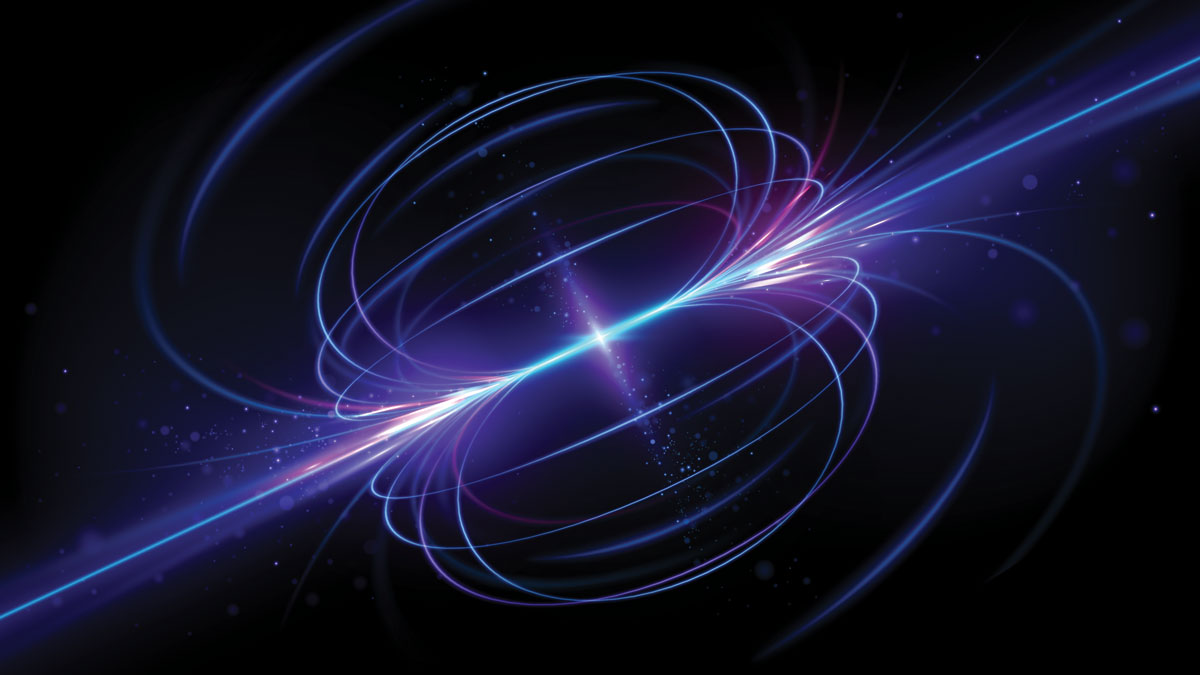Scientists at the Center for Advanced Imaging Innovation and Research at NYU Langone Health and colleagues at Stanford University have proposed a novel MRI method of identifying two types of sodium in the brain. In a study published in July in the journal Scientific Reports, the researchers describe a technique that can “separate” mono- and bi-T2 sodium ions—ions that experience different transverse relaxations—far more accurately than prior approaches have been able to.
Sodium plays a critical role in brain function. It helps facilitate communication between neurons, maintain electrochemical gradients, regulate the release of neurotransmitters, and maintain homeostasis of the whole organ. When the brain is thrown out of balance, the amounts of sodium inside and outside of cells can change. MRI has the potential to detect such changes but doing so is challenging. Sodium signal is thousands of times weaker than the hydrogen signal used in standard MRI, and an imaging voxel—the unit of MRI’s resolution—can range over as many as hundreds of thousands of neurons.
Although sodium permeates the brain, not all sodium ions are the same. Depending on how fast it’s moving and what it’s interacting with, sodium experiences different transverse relaxations (T2), a property sensed by MRI.
The study, led by Yongxian Qian, PhD, assistant professor of radiology at NYU Langone, and Fernando Boada, PhD, professor of radiology at Stanford University Medical School, and colleagues, focuses on sodium ions that undergo either mono- or bi-exponential transverse relaxation (mono-T2 sodium and bi-T2 sodium, for short). Conventional sodium MRI averages over these but separating them can help clear up the picture of the ionic balance—or imbalance—in the brain.
Several neurological disorders have been linked to an increase in the amount of sodium inside brain cells versus that floating between cells. But detecting intracellular and extracellular sodium in cerebral tissue has been complicated by cerebrospinal fluid. With ten times more sodium than in the adjacent gray matter, cerebrospinal fluid acts like a flood light that can wash out the lanterns of sodium ions in brain tissue.
The ability to tell the difference between mono-T2 and bi- T2 sodium “would effectively remove the impact of [cerebrospinal fluid] and more clearly depict intracellular alterations, especially at the early stage of a disease happening at the cellular level or in the early (cellular) response to treatment,” write the authors of the new study.
Although imaging scientists have over the years proposed a variety of techniques to parse the difference, including methods like triple quantum filtering or inversion recovery, the approaches have been hampered by concerns about accuracy and practicality.
In the new study, authors build on another technique known as short-T2 imaging, a concept that goes back to the 1980s and relies on a combination of echo times to sense the sodium ions that relax particularly quickly. Though short-T2 has been developed further since its introduction, the approach clouds bi-T2 sodium signal with a relatively large proportion of signal from mono-T2 sodium. The newly proposed technique, called multi-TE single-quantum sodium MRI, or MSQ “substantially improve[s] accuracy of the separation,” the authors write.
To develop MSQ, the research team drew on both theory and experimental measurements to model the decay of mono-T2 and bi-T2 sodium. The researchers created a simulation framework for optimizing the MRI acquisition and tested MSQ on both numerical models and physical phantoms with known sodium concentrations. The phantom study results showed a strong separation of sodium ions, with MSQ including only about 4 percent of mono-T2 sodium in the bi-T2 signal, much less than the 20-percent crossover documented in the short-T2 method.
Using a dual-tuned sodium and proton head coil previously built at NYU Langone’s Center for Advanced Imaging Innovation and Research, the scientists also conducted a feasibility study on human volunteers. The team tested MSQ on both healthy adults and people with neurological conditions such as bipolar disorder, epilepsy, multiple sclerosis, and mild traumatic brain injury. In the published paper, the investigators detail two case studies: a healthy 26-year-old woman and a 59-year-old man with self-reported bipolar disorder.
In the healthy woman’s case, “signals from [the cerebrospinal fluid] in the brain were effectively separated into mono-T2 sodium image, while signals from brain tissues such as gray and white matters were mostly contained in the bi-T2 sodium image,” conforming to the investigators’ expectations. In the man’s case, MSQ “clearly highlighted brain regions with an elevated bi-T2 sodium signal against surrounding tissues.” This, authors write, “shows potential benefits from the bi-T2 sodium images of patients with neurological disorders such as bipolar disorder, which is known to cause abnormally high intracellular sodium concentration in the brain.”
The scientists note that the MSQ method only separates the sodium types and does not quantify them. Quantification “involves further procedures,” they say, and warrants further research.
Related Publication
Single-quantum sodium MRI at 3 T for separation of mono- and bi-T2 sodium signals.
Sci Rep. 15, 27427 (2025). doi: 10.1038/s41598-025-07800-1
This story was published on July 31, 2024, and updated on August 25 with clarifications to the sodium separation terminology.
Related Story
Yongxian Qian, imaging scientist whose interests include multinuclear MRI and quantum computing, talks about how he entered the field, why sodium MRI matters, and what quantum tech can mean for imaging.


